Welcome to our curated list of disaster films that delve into the catastrophic consequences of weapon testing. These movies not only provide thrilling narratives but also offer a cautionary tale about the perils of unchecked technological advancement. From nuclear mishaps to biological disasters, each film in this collection showcases the potential for human error to lead to global crises. Whether you're a fan of intense action, thought-provoking scenarios, or just love a good disaster flick, this list has something for everyone.
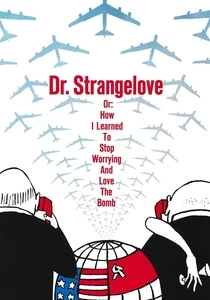
Dr. Strangelove or: How I Learned to Stop Worrying and Love the Bomb (1964)
Description: A satirical dark comedy that explores the absurdity and potential for disaster in nuclear weapon testing and the Cold War's brinkmanship. It's a unique blend of humor and horror.
Fact: Stanley Kubrick originally intended to make a serious film but switched to comedy after realizing the inherent absurdity in the subject matter.
 Watch Now
Watch Now 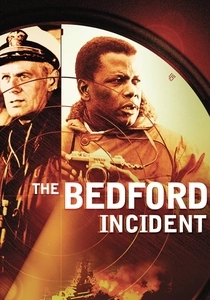
The Bedford Incident (1965)
Description: A tense drama about a U.S. destroyer tracking a Soviet submarine, leading to a potential nuclear confrontation. It's a film that explores the brinkmanship of weapon testing and Cold War tensions.
Fact: The film was based on a novel by Mark Rascovich, who was inspired by real-life naval incidents.
 Watch Now
Watch Now 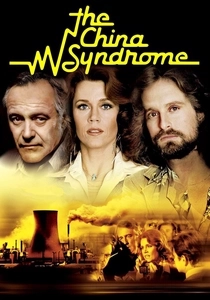
The China Syndrome (1979)
Description: While not directly about weapon testing, this film deals with a nuclear power plant malfunction, which could be seen as a parallel to the dangers of nuclear weapon testing. It's a gripping thriller about the cover-up of a near-meltdown.
Fact: The film's release was eerily timed, coming just 12 days before the Three Mile Island nuclear accident.
 Watch Now
Watch Now 
The Hunt for Red October (1990)
Description: While primarily a submarine thriller, the film touches on the dangers of nuclear weapon testing through the backdrop of a Soviet submarine carrying nuclear missiles.
Fact: The film was a major success, leading to a series of adaptations of Tom Clancy's works.
 Watch Now
Watch Now 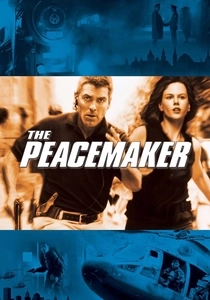
The Peacemaker (1997)
Description: A nuclear bomb, stolen during a test, becomes the catalyst for a high-stakes chase to prevent its detonation. This film showcases the chaos that can ensue from weapon testing mishaps.
Fact: The film was one of the first to depict the use of a nuclear weapon in a terrorist attack on American soil.
 Watch Now
Watch Now 
The Sum of All Fears (2002)
Description: This film, based on Tom Clancy's novel, involves a nuclear weapon test gone wrong, leading to a near-catastrophe. It's a tense thriller that explores the geopolitical ramifications of such an event.
Fact: The film was originally set to be released in 2001 but was delayed due to the September 11 attacks.
 Watch Now
Watch Now 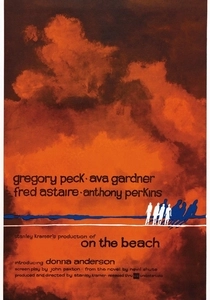
On the Beach (1959)
Description: This film depicts the aftermath of a nuclear war, focusing on the last survivors in Australia. It's a poignant look at the consequences of nuclear weapon testing and the global impact.
Fact: The film was remade in 2000 with a new cast, highlighting its timeless message.
 30 Days Free
30 Days Free 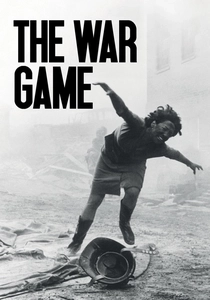
The War Game (1965)
Description: A pseudo-documentary that simulates the aftermath of a nuclear attack on Britain, highlighting the devastating effects of nuclear weapon testing. It's a stark and unsettling portrayal.
Fact: The film was initially banned by the BBC for being too disturbing but later won an Academy Award for Best Documentary Feature.
 30 Days Free
30 Days Free 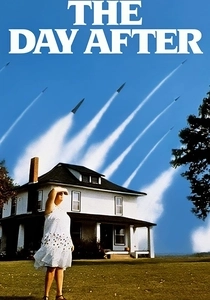
The Day After (1983)
Description: This TV movie explores the aftermath of a nuclear war between the United States and the Soviet Union, focusing on the lives of ordinary citizens in Kansas City. It's a stark reminder of the potential devastation from nuclear weapon testing and the Cold War tensions.
Fact: The film was so impactful that it influenced President Ronald Reagan's views on nuclear war, leading to a change in U.S. nuclear policy.
 30 Days Free
30 Days Free 
Fail-Safe (1964)
Description: A chilling tale where a technical malfunction leads to an accidental nuclear attack on the Soviet Union, forcing the U.S. President to make a horrifying decision. This film captures the fear of nuclear weapon testing and the potential for catastrophic mistakes.
Fact: The film was remade as a live television broadcast in 2000, showcasing its enduring relevance.
 30 Days Free
30 Days Free 








